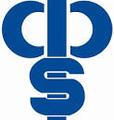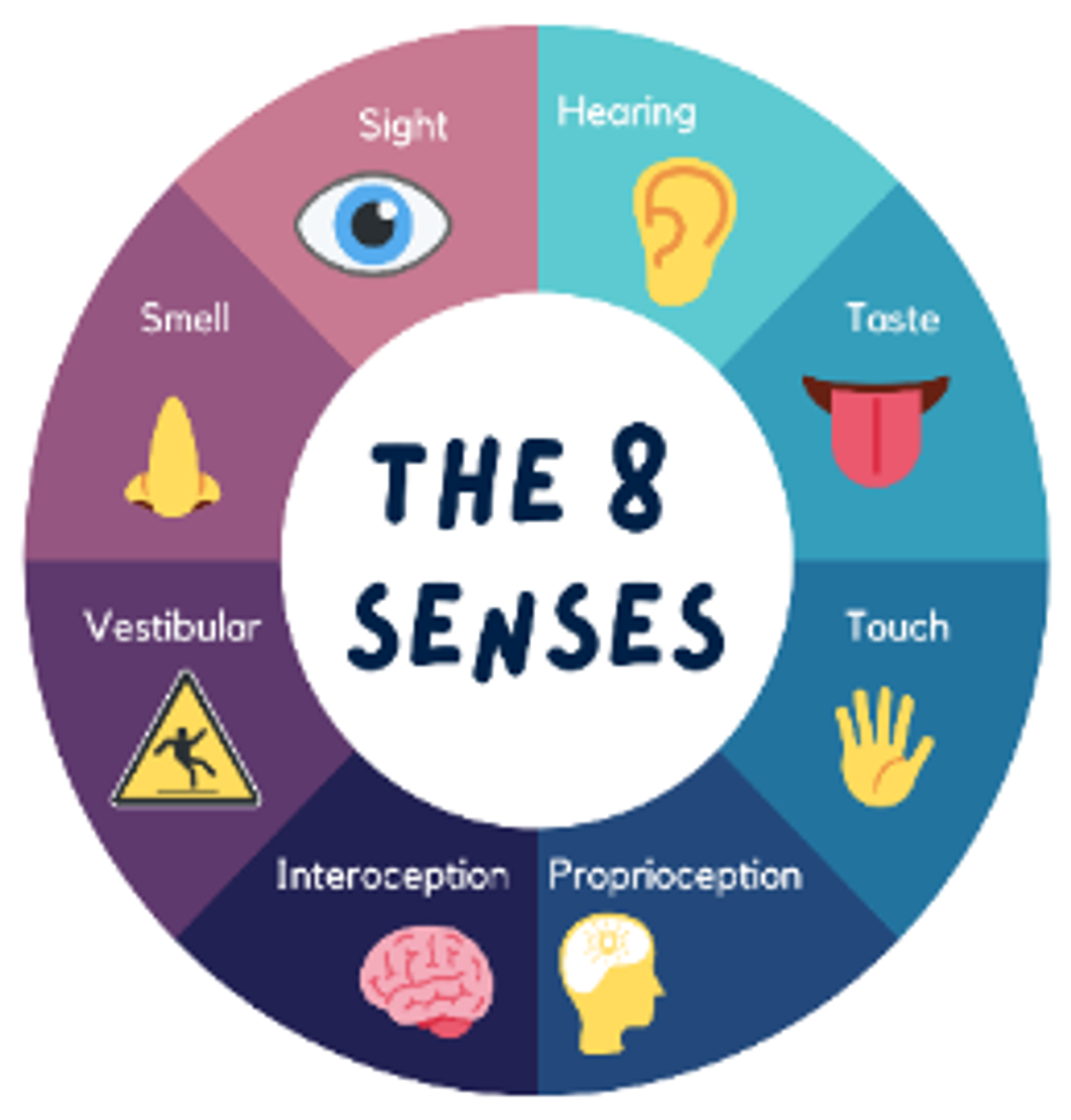WELLBEING AND INCLUSION

In the last Newsletter, we discussed body awareness otherwise known as proprioception. Proprioception is one of the eight senses and is the sensory information we receive from our muscles and joints about the position, force and movement of our body parts. It allows us to know where our body is in space, without looking. Today we will focus on another one of the lesser known internal senses – body movement (vestibular). Our eight senses provide the basic foundation for learning.
Body Movement – Vestibular
What is Vestibular Input?
Your vestibular system is a network of parts in your inner ear that contribute to your sense of balance and coordination. The vestibular receptors in your inner ear get activated anytime your head moves in relation to gravity.
Anytime your head tilts to the side, goes upside down, or spins, the vestibular system helps you process this information so your brain knows and your body can make a response (e.g. sit up straight, move slower, etc) if needed.
Why is Vestibular Input Important?
The vestibular system is a huge neon sign that tells our brain where our head is in space. This makes the vestibular system important for functional tasks such as:
- maintaining balance and an upright posture;
- knowing what speed to walk through an environment or around people;
- knowing when our body is in danger of falling; and/or
- coordinating our body to move in skilled ways (e.g. like learning an exercise or riding a bike).
How can I help my child develop their vestibular awareness?
We all have vestibular seeking or avoiding tendencies with different activities. A child may constantly seek movement, need to fidget to focus, crave spinning and enjoy heights. Or a child may be afraid of heights, afraid of their feet being off the ground, or afraid of fast movements such as swinging and spinning. Vestibular input is powerful and we should never force a child into these movements. An Occupational Therapist is best suited to work with your child on vestibular input.
For a child who seeks vestibular input they may enjoy:
★ spinning (but beware of overstimulation)
★ climbing
★ obstacle courses
★ scooter boards
★ balance beams
★ trampoline
For a child who avoids vestibular input they may start with:
★ wheelbarrow walking – begin by placing feet on a step or pillow to feel the weight on their front while still being supported from behind
★scooter boards – slowly pushing a child along
★balance beams – child can walk on a chalk line on the ground
Click on this link for more information: https://www.occupationaltherapy.com.au/the-vestibular-system/
Virginnia Gilham and Sarah Jeffreys


